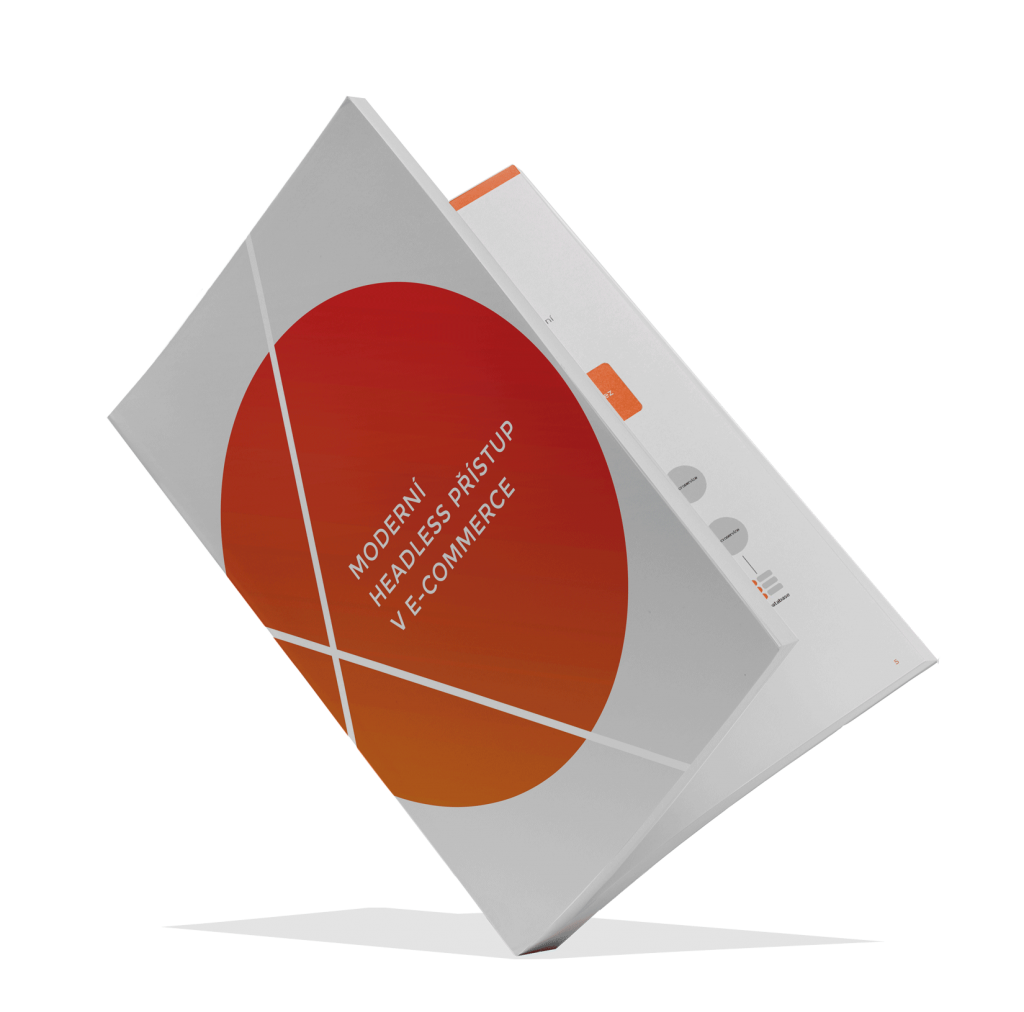Modern headless approach in e-commerce
Headless solutions can improve e-commerce management and also provide users with an excellent CX. That’s why we sat down and prepared material, which shows the benefits of headless, why it is worth investing in it, and much more. This e-book is just in Czech now, but if you are interested, read the small tasting and contact us. We would be happy to discuss it.

The year 2020 and the COVID-19 pandemic have changed the way many small and large companies do business. The closure of stone shops has meant a significant increase in online sales for many brands. That tested their readiness, current architecture, and ability to flexibly adapt to the latest trends and customer requirements.
Today, it is simply not enough to have just a responsive website that plays an informational and image role. Companies must provide a consistent user experience across all channels. In addition to consuming content on various devices, users interact with the brand through artificial intelligence, IoT, chat, and other technologies.
A few words about headless and PWA
Headless is an architecture that allows you to separate the backend from the frontend. This separation allows better optimization of services, their adaptation to user expectations, or experimentation on the frontend without “manipulating” the backend. The use of headless technology contributes to increased flexibility, scalability, and ensuring the best possible customer experience.
Headless often goes hand in hand with PWA (Progressive Web App). Thanks to this solution, users can easily install the e-shop on their phones. The biggest advantage of PWA is much faster and more pleasant to use than with conventional applications. Thanks to PWA, users become more loyal and return for purchases.
PWAs can be installed on a customer’s mobile device/computer with one click, making it easier to access the application, increasing the chances of them returning in the future.
The growth of e-commerce is very strong in Europe. Increased use of smartphones provides huge business opportunities. According to J.P.Morgan, the Czech Republic is a European leader in mobile e-commerce. 54% of total trade in the Czech Republic is via mobile phones, followed by the United Kingdom with 51% and Ireland with 42%.
Having a stable and efficient platform is a must and sellers will appreciate it especially in periods when sales peak (promotional campaigns, Black Fridays, etc.). A system that can handle a large number of orders without overloading the backend is priceless.
So what is headless technology and how does it work with PWA?
What are the other advantages, but also the disadvantages of headless solutions?
How to give customers the best possible customer experience?
Why is it worth investing in headless technology?

